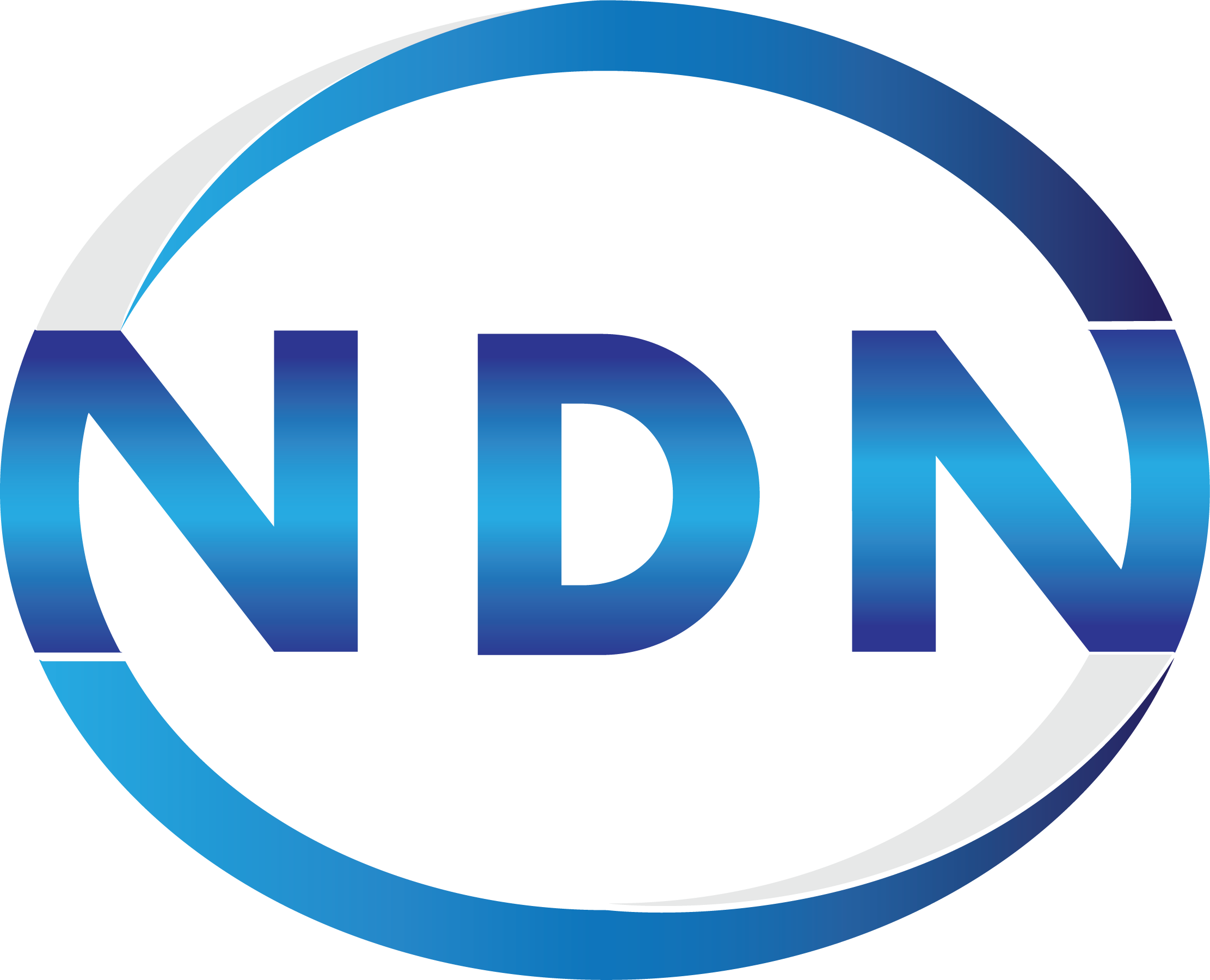Introduction: Connecting Visual Cues with Structural Prominence in Risk and Decision-Making
Building upon the foundational understanding that Why Prominent Structures Matter in Risk and Decision-Making, it becomes evident that visual cues serve as vital components in guiding human perception and choice. While structural prominence provides the overarching framework, visual cues act as subtle yet powerful signals that influence how risks are perceived and decisions are made. This interconnected relationship underscores the importance of designing environments and information displays that harmoniously combine structural clarity with effective visual signaling.
1. The Function of Visual Cues as Subconscious Signals in Risk Perception
Visual cues act as subconscious signals that influence perception by highlighting critical information and guiding attention without requiring deliberate focus. For example, in hazard warnings, bright colors and bold icons can immediately draw the viewer’s eye, triggering an intuitive assessment of urgency. These cues leverage innate cognitive pathways, allowing individuals to rapidly interpret complex data and prioritize risks effectively.
Consider traffic signs: a red stop sign with a bold, octagonal shape instantly communicates a need to halt, overriding the need for detailed analysis. Similarly, in financial dashboards, red and green color codes quickly convey loss or gain, shaping investor perceptions and reactions in seconds.
2. From Structural Recognition to Perceptual Interpretation in Decision Contexts
Initially, humans recognize structural elements—such as the layout of a dashboard or the organization of information—as a form of structural recognition. This recognition forms the scaffold upon which perceptual interpretation occurs. Visual cues enhance this process by embedding meaning into the structure, allowing for rapid assessment of risk levels and decision pathways.
For instance, a well-structured safety manual might use hierarchical headings and clear iconography to delineate different risk zones. The structural hierarchy helps users orient themselves, while visual cues like color coding and symbolic icons facilitate quick interpretation of the severity and likelihood of hazards.
3. Cognitive Biases Influenced by Visual Stimuli
Visual cues can both mitigate and exacerbate cognitive biases such as anchoring or framing effects. For example, the use of vivid colors or focal points can anchor viewers to specific perceptions of risk, potentially skewing objective assessment. Conversely, carefully designed visual cues can help counteract biases by presenting information in a balanced manner.
Research indicates that framing risk information visually—such as showing potential losses in red and gains in green—can influence decision-making consistent with behavioral economics principles. A study published in the Journal of Behavioral Decision Making found that visual salience directly affects attention allocation, shaping subsequent risk judgments.
4. Types of Visual Cues and Their Impact on Decision-Making
| Type of Visual Cue | Impact on Decision-Making |
|---|---|
| Color Coding | Indicates urgency or importance; red for high risk, yellow for caution, green for safe; influences perceived severity and promptness of response. |
| Spatial Arrangement | Guides focus through positioning; higher placement or central location enhances perceived importance of certain risks. |
| Iconography and Symbols | Provides quick, universal understanding of complex data; e.g., warning triangles or exclamation marks convey immediacy. |
5. Visual Cues and Differentiation of Risk Levels
Effective visual design enables users to differentiate risk levels at a glance. For example, a dashboard that uses gradient color schemes from green (low risk) to red (high risk) helps users quickly assess severity. Similarly, icon size and prominence can indicate probability, with larger symbols representing more likely hazards.
Case studies demonstrate that visual differentiation improves response times and accuracy. In aviation safety displays, color-coded risk levels combined with hierarchical alerts ensure pilots can prioritize actions swiftly, reducing accident rates.
6. Limitations and Risks of Relying on Visual Cues
While visual cues are powerful, overreliance can lead to misinterpretation or cognitive overload. For instance, excessive use of colors or icons may cause confusion or dilute the impact of critical signals. Additionally, cultural differences influence the interpretation of colors and symbols; red may symbolize danger in some cultures but celebration in others.
“Designing visual cues requires careful consideration of context and audience to avoid unintended consequences.” — Cognitive Ergonomics Journal
7. Principles for Designing Effective Visual Risk Indicators
- Prioritize clarity and simplicity to prevent overload.
- Use consistent color schemes aligned with cultural norms.
- Leverage hierarchy by varying size, position, and contrast.
- Integrate visual cues with structural elements to reinforce understanding.
- Test designs with target users to ensure interpretability.
8. Synergizing Structural Prominence with Visual Cues for Optimal Decision Support
The most effective risk communication combines the strength of prominent structures with carefully crafted visual cues. For example, a safety manual might feature clearly defined sections (structural prominence) complemented by icons and color highlights (visual cues) to facilitate rapid comprehension and action. This synergy ensures that users do not just recognize the structure but also interpret the embedded signals accurately.
Research indicates that when structural clarity and visual salience are aligned, decision accuracy improves by up to 35%, especially in high-stakes environments like emergency response or healthcare.
Conclusion: Integrating Visual Cues and Structural Prominence for Better Risk Management
Understanding the interplay between visual cues and structural prominence is essential for designing effective risk communication systems. By harnessing subconscious signals through strategic visual design and ensuring these cues complement a clear structural framework, decision-makers can significantly enhance risk perception accuracy and response effectiveness.
Future research and practical applications should focus on context-specific customization of visual cues, considering cultural, cognitive, and environmental factors. Ultimately, the goal is to create intuitive, reliable, and culturally sensitive risk communication tools that empower individuals and organizations to make better-informed decisions.

No responses yet